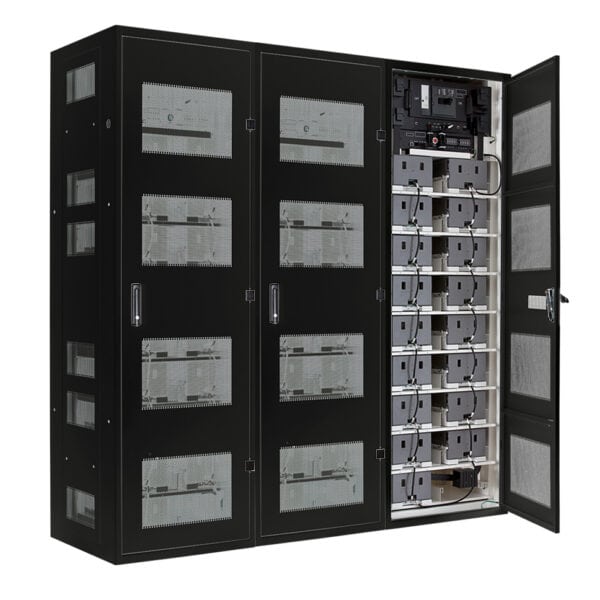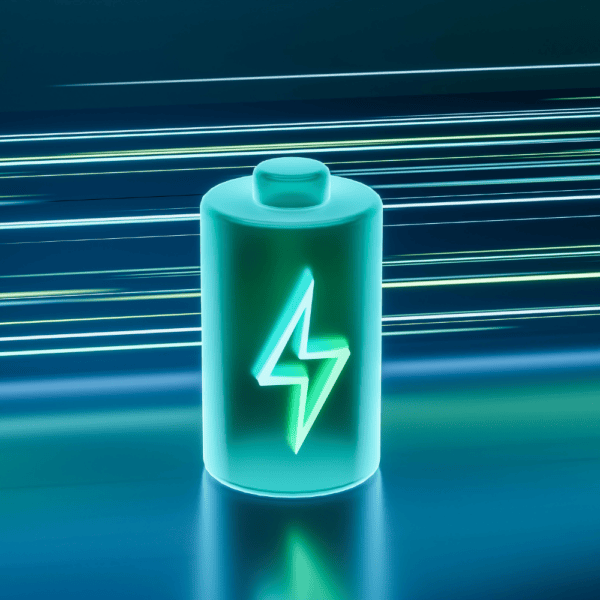Ideally, a UPS will fulfil the promise of its name, delivering clean, processed power at all times. Real data centres, however, ensure that their critical load can transfer seamlessly to raw mains – rather than lose power suddenly and entirely – in the unlikely event that a UPS does fail. This capability is facilitated by a static switch, which can transfer the critical load between the UPS inverter output and raw mains, as circumstances demand. The static switch is so-called because it uses solid-state semiconductor devices rather than moving electromechanical relay or contactor parts.
The normal state of an on-line UPS’s static switch’s is ‘On UPS’. If the UPS develops a problem, the switch changes to ‘On Bypass’. It signals an alarm when on bypass, because the load is being subjected to raw mains without protection from any interruptions or aberrations it may bring. The static switch must ensure very fast, break-free transfers between mains and UPS to avoid interrupting the load’s supply.
The static switch’s control electronics work with the UPS’s control system in continuously monitoring both power sources and deciding which to use for the critical load. The UPS’s electronics also control the inverter output’s phase and frequency, to ensure that the inverter and bypass voltages are in phase with one another. Bi-directional, break-free transfer between power sources is not possible without this synchronisation.
Over recent years, UPS systems have increasingly adopted modular topologies, with their redundancy, availability and scalability benefits. These modular systems can be implemented with either a centralised or decentralised parallel architecture (CPA or DPA), and this is mostly about the static switch arrangement.
CPA systems have multiple UPS modules that share a single static switch. The advantage of this is that the UPS price only has to bear the cost of one static switch assembly, and space can be saved as well. The disadvantage, though, is that the switch represents a single point of failure; if it fails, it compromises all the UPS modules feeding through it. This negates the redundancy and availability concepts offered by parallel modular architecture. Additionally, the static switch has to be sized to accommodate not only the combined capacity of any existing modules, but also that of any future additions if extra UPS capacity is ever needed.
Better availability, with no single point of failure, can be achieved using a decentralised parallel architecture in which each UPS module has its own built-in static switch; the single point of failure has been eliminated. During normal operation all the modules are connected directly to the load through their internal static switches while being synchronised with one another, and to the standby mains supply if present. All share the load equally.
If one module develops a fault it automatically isolates itself from the critical load by inhibiting the output to the inverter side of its static switch. The remaining modules will continue to share the critical load provided it does not exceed their combined capacity. If, however, the load is too great then all the modules – including the faulty one – will transfer the load to the mains via their internal static switches. If the system is synchronised, the transfer is break-free. Otherwise, the UPS will not allow the transfer, instead attempting to supply the overload for as long as possible before switching off to protect themselves.
Ultimately, the choice between centralised and decentralised static switches is about balancing cost against availability. For most data centres, the extra price of UPS decentralisation would be entirely insignificant compared with the financial and other consequences of a load power failure.




